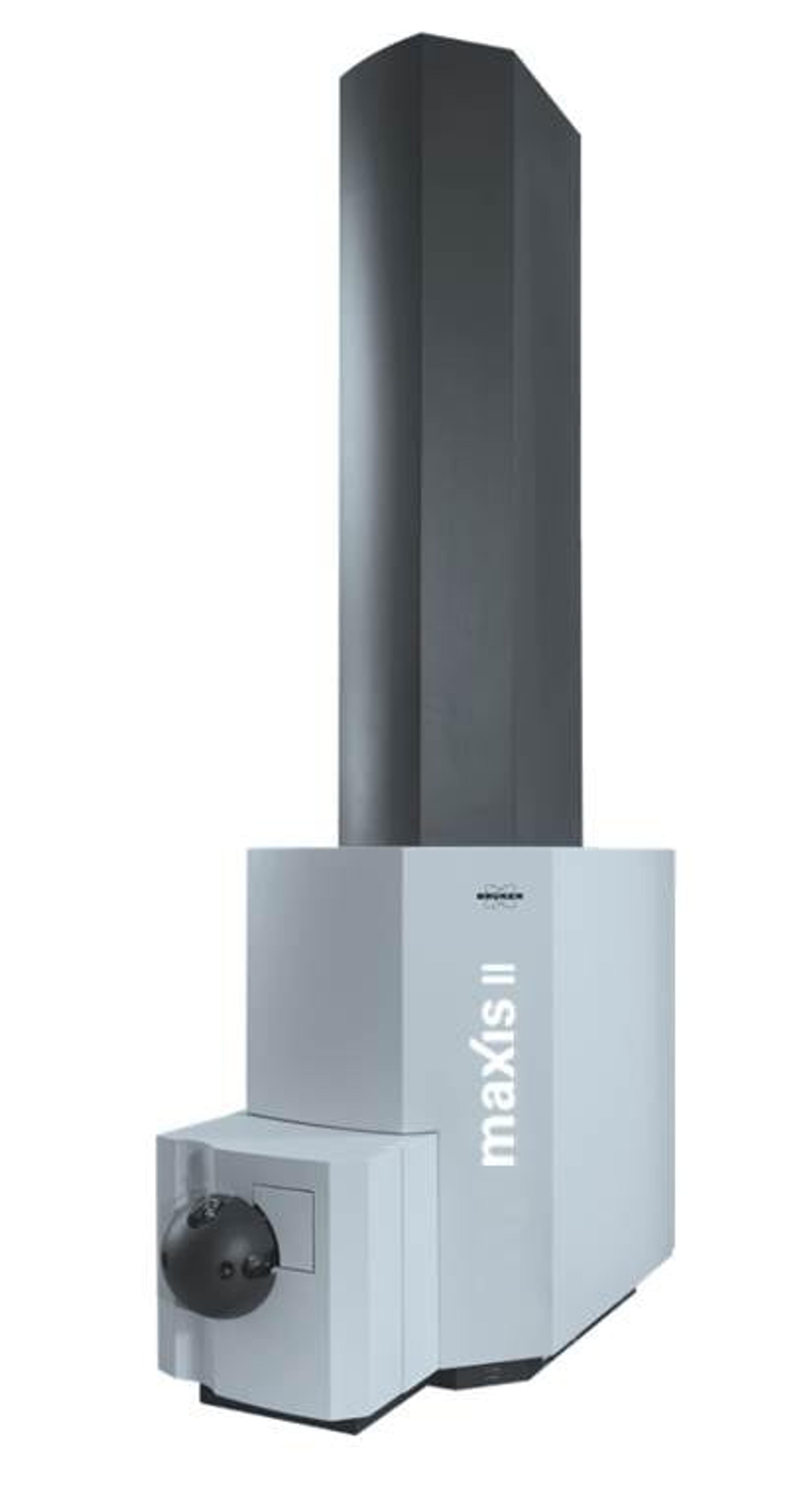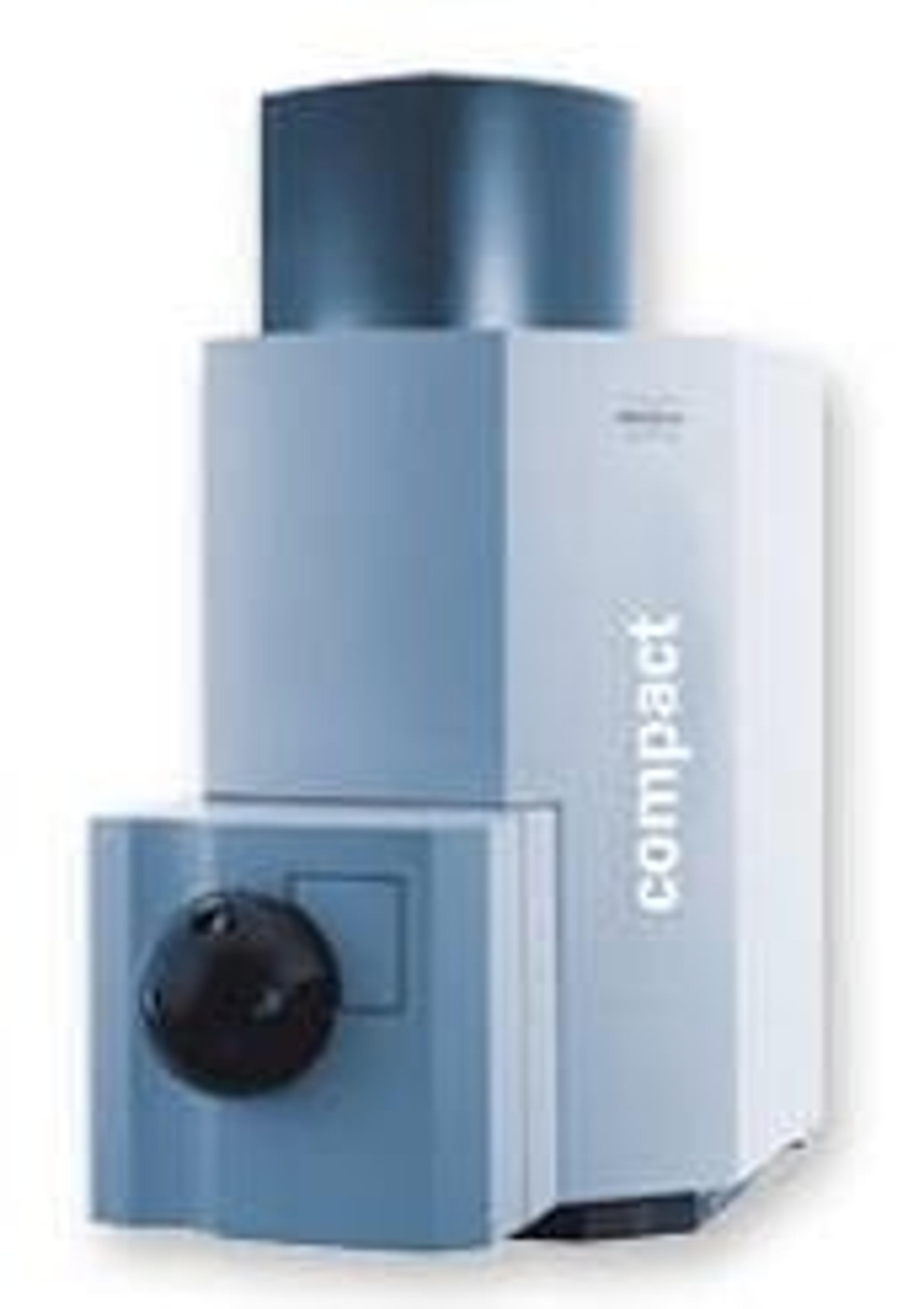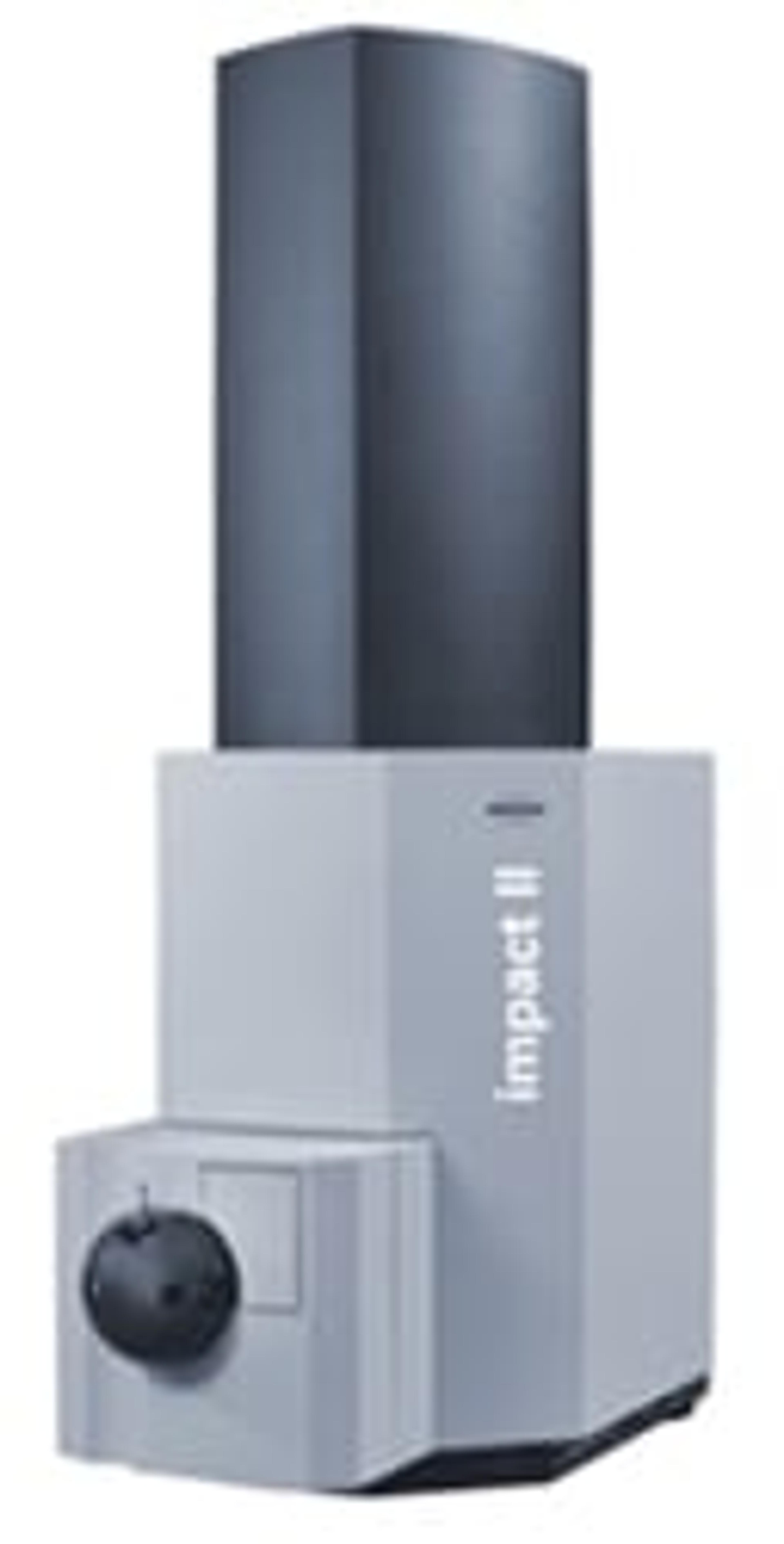Webinar Highlights - Eliminating False Positives and Negatives: Correctly Report Results the First Time
Learn how to improve your data acquisition in high-resolution mass spectroscopy
6 Feb 2018
Dr. Carsten Baessmann is responsible for the development of new mass spectrometry-based solutions at Bruker Daltronics, collaborating with leading researchers across the fields of forensics, food and environmental and clinical research. In a recent webinar, Dr. Baessmann explores how to effectively remove false positives in high-resolution mass spectrometry investigations by using a ‘catch all compound’ data acquisition mode, combined with the use of highly-curated compound databases. He also explains the quantitative performance of modern Bruker QToF systems and the criteria needed to meet the relevant guidelines across food, environmental and forensic samples.
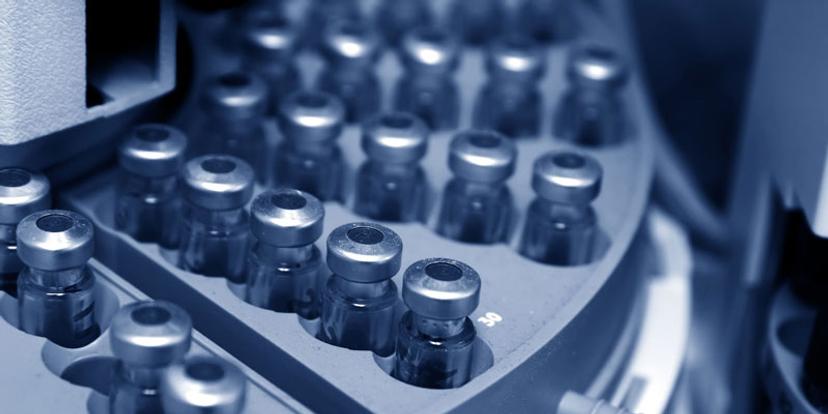
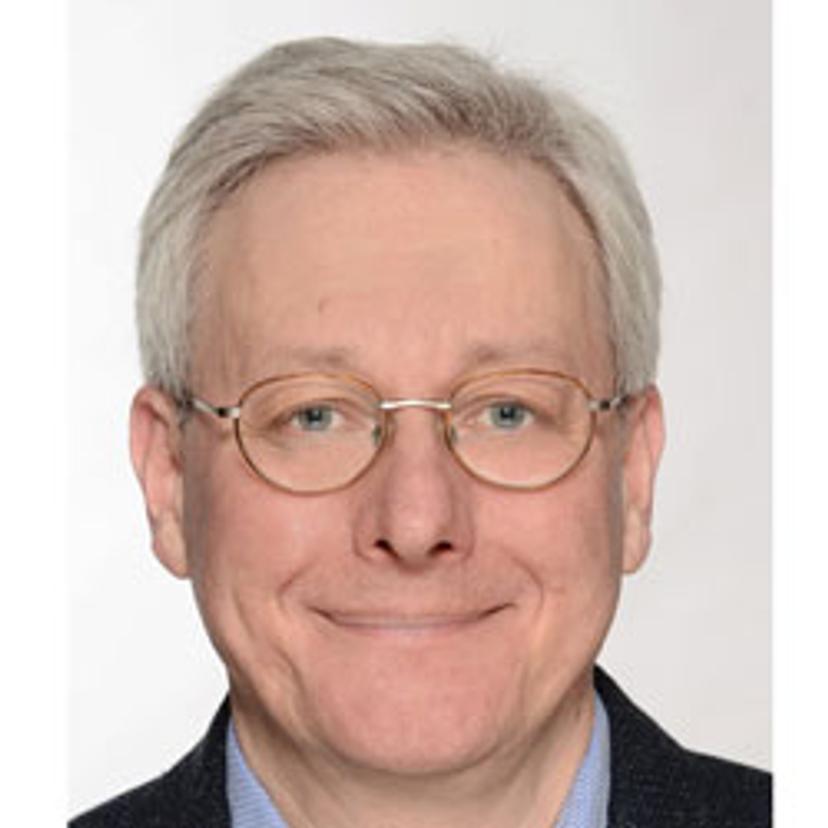
In this webinar, Dr. Baessmann highlights the use of Bruker Daltronics' timsTOF, Impact II, maXis II and Compact QTof mass spectrometers with TargetScreener HR 3.0 software to reduce and eliminate false positives and negatives from results. The key points tackled during the webinar are:
- How accurate mass systems acquire 'catch all compound' or broadband CID acquisition mode
- The importance of using highly curated databases including retention time information
- The quantitative performance of modern QTOF systems
- Performance criteria in meeting the relevant guidelines across food, forensic and environmental applications
Read on for highlights from the Q&A session of the webinar, and if you missed it watch the webinar on demand.
Q: Is the Broadband CID approach the best for true untargeted screening?
A: Absolutely, using an acquisition mode that makes no assumption on what may elute, either by mass or time, is the best way to truly capture ionizable molecules as they elute and hopefully they will be in the databases that one searches against. But, if they are not, one still collects a significant amount of information to start the elucidation process.
Q: What relative standard deviation (RSD) can you achieve at the limit of quantitation?
A: Some of our customers, for both pesticides in QuEChERS extract and drugs in urine achieves RSD in the range of 5%. That’s pretty good for quantitation and difficult matrices. Of course, this depends on the compound, but on average the range will be below 10%.
Q: Do you also support non-targeted workflows?
A: Yes, we do. With our MetaboScape 3.0 software suite you can use the same data sets to detect suspects by using statistical methods. That is now quite popular for the analysis of water samples. For example, if you look at surface water and then you create a normal mode model, then everything is in the cloud. If you see an outlier, and notice something is suspicious, you can use this software to identify those suspicious compounds.
Q: What are the total number of compounds in the [TargetScreener] database?
A: 2,160
Watch the full webinar on demand, or discover more upcoming webinars
Do you use Bruker Daltronics QToF instruments in your laboratory? Share your expert opinion and leave a review today for a chance to win our 12 Reviews of Christmas Competition

